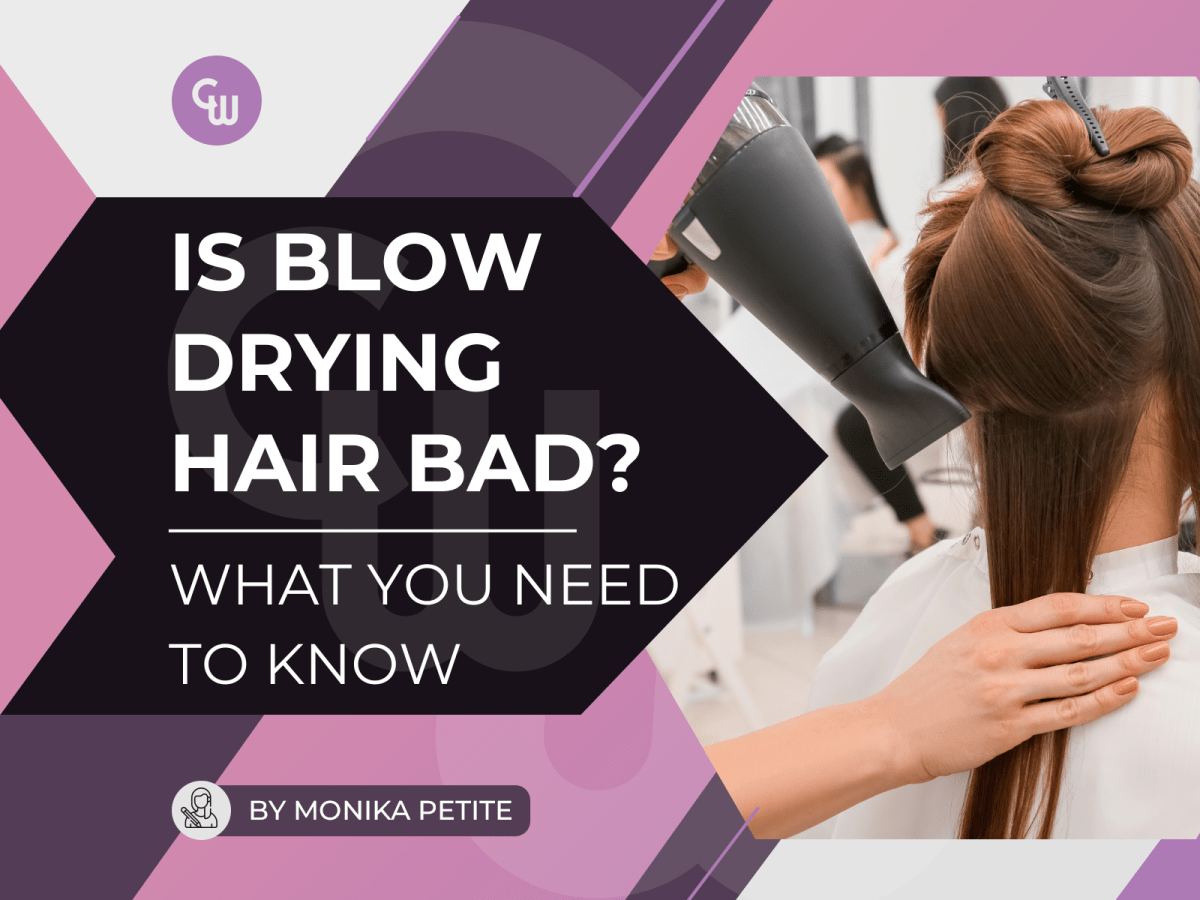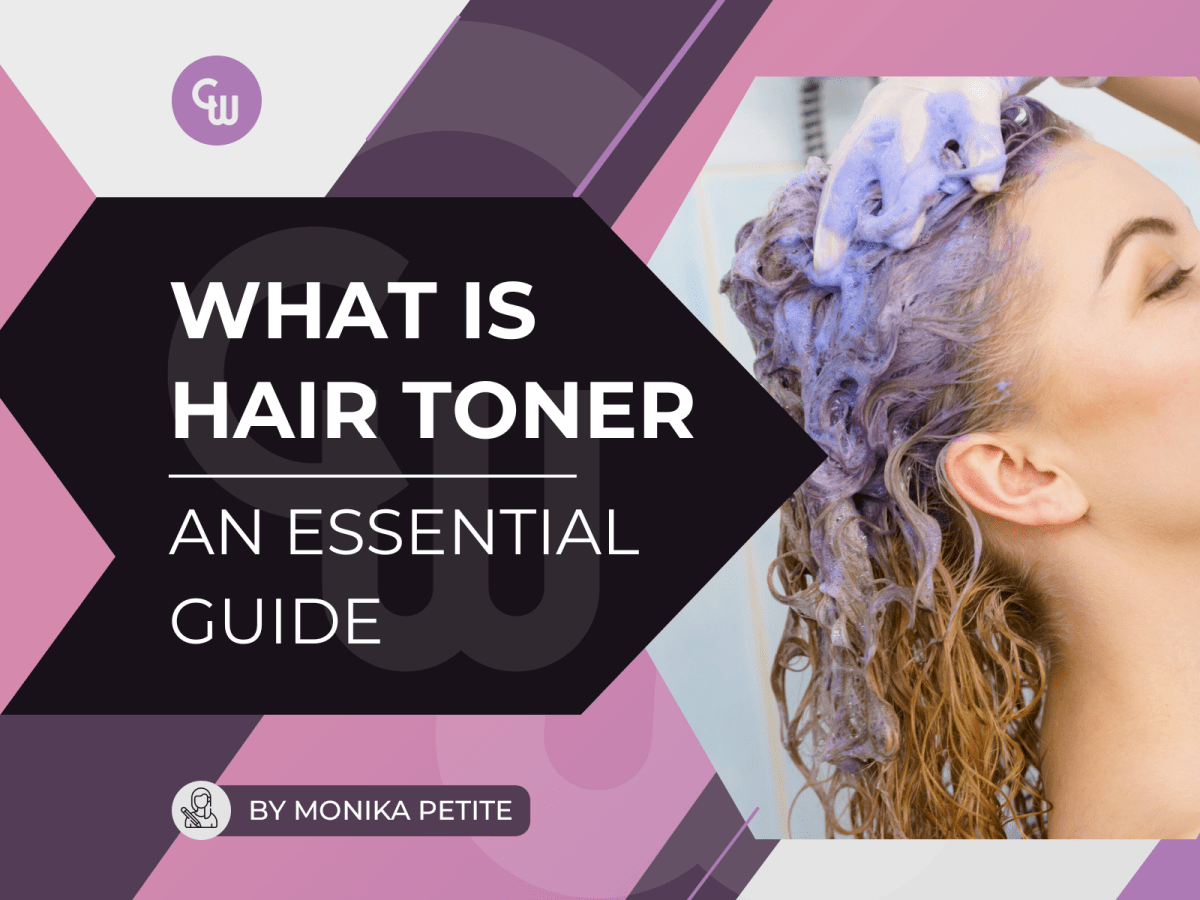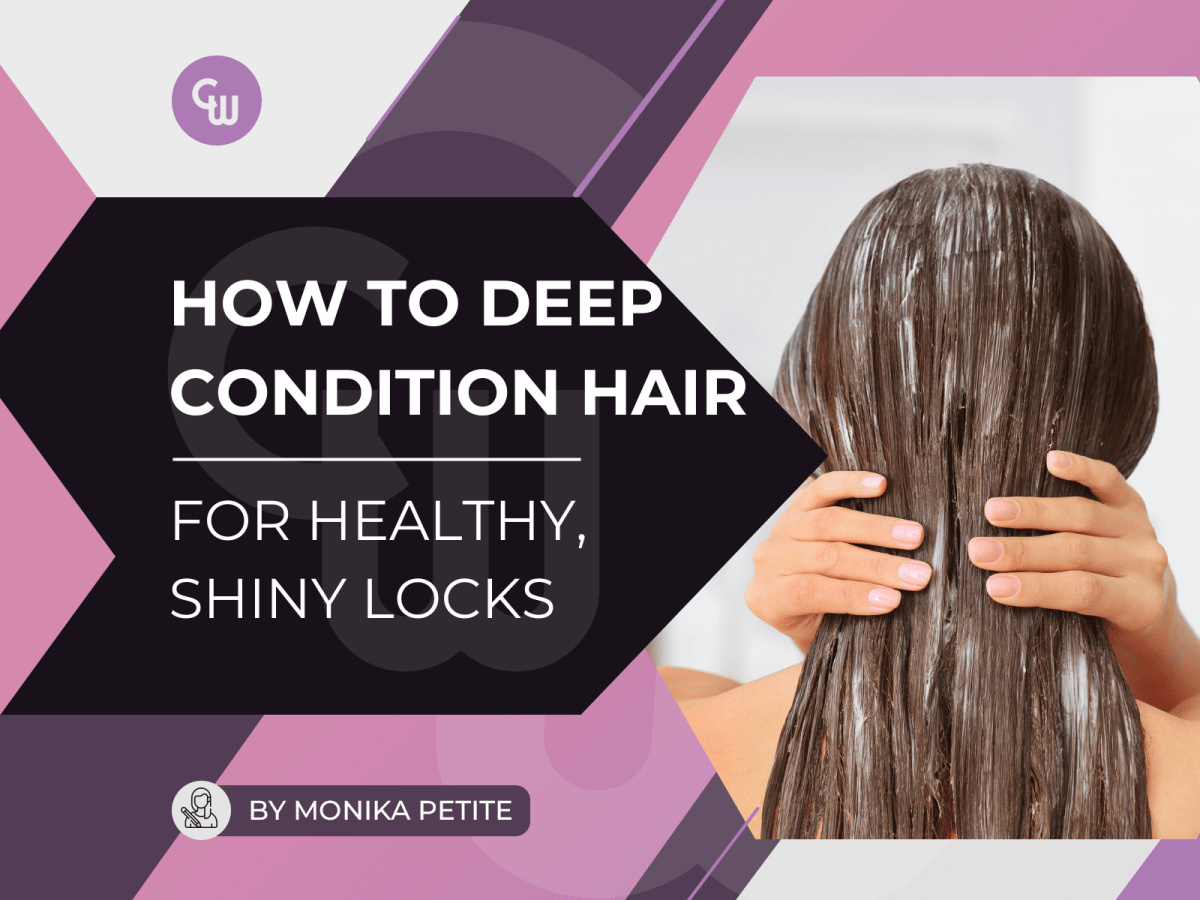Inside this Article:
- Understanding Hair Structure
- Identifying Protein Deficiency
- Recognizing Moisture Deficient Hair
- Finding the Right Balance for Your Hair Type
- Building a Balanced Hair Care Routine
- Natural Remedies for Protein and Moisture
- Protein Overload vs. Moisture Overload
- Myths About Protein or Moisture
- Summary
- Frequently Asked Questions
Understanding Hair Structure
Here's the lowdown: each hair strand's got three main layers—the cuticle, the cortex, and the medulla.
First up, the cuticle. It's the outermost layer, made of dead cells that form a protective film around your hair shaft. This bad boy plays a huge role in how your hair absorbs and holds onto moisture, which is key for keeping it healthy and shiny ✨.
Next, we have the cortex, which is like the powerhouse of your hair, holding lipids and water that give your hair strength and flexibility. It's mostly made of keratin (yep, the same protein in your nails and skin!), and that makes up about 65–95% of your hair’s structure—pretty crucial for keeping it strong and elastic 💪.
And finally, there's the medulla at the center. This one's all about contributing to your hair’s color and overall structure.
When you see how these layers work together, it’s obvious why a good balance of both moisture and protein is essential for healthy hair 🌿. Trust me, once you get this balance right, your hair will bounce and shine like never before! 💃✨
Identifying Protein Deficiency

If your hair feels mushy, limp, or just breaks easily, it might be screaming for more protein 💥. When there's not enough protein in the mix, your hair strands can get flimsy, stretch out like a rubber band, and snap. That soft, squishy vibe? Yep, it usually means the protein bonds in your hair are taking a hit.
Textured hair, especially, can have a hard time with this whole protein-moisture imbalance thing. If you're shedding more than a hundred hair strands a day or it feels like straw, something’s off ⚖️. And if you've been hitting the hair dye or heat tools like straighteners or curling irons, your hair's probably crying out for regular protein treatments to stay healthy 🔁.
Why Hair Loses Protein
Protein deficiency can sneak up on you, like, outta nowhere. If you're all about that frequent heat styling 🔥, catching sun exposure ☀️, or going wild with chemical treatments like dyeing or perming, you're basically giving your strands a one-way ticket to Weaksville. Knowing what's causing the hair damage is like having a cheat code to protect it before it starts breaking faster than cheap sunglasses 🕶️.
How to Test If Your Hair Lacks Protein
So here's a quick hack—try the elasticity test. Grab a wet strand of your hair and give it a gentle stretch. If it bounces back like a champ, you're golden 🌟. But if it stretches way too far or snaps like a twig, that's a major red flag 🚩—your hair's basically begging for more protein in your routine.
For hair that's on point, it should stretch a bit, snap back to its OG shape, and feel all smooth and nice. If it's feeling brittle or breaking left and right, it's crying out for some extra TLC ❤️.
Recognizing Moisture Deficient Hair

When your hair lacks moisture, you'll definitely notice it in the way it feels and looks. Don't wait till things get worse—show your hair some love and get that moisture back in the game 💖. These could be signs it’s lacking moisture 💧.
-
Frizzy hair and flyaways 🌬️
-
Dry, brittle hair strands snapping easily ✂️
-
Curls losing their shape 🎀
-
Split ends ✨
-
Rough hair texture 🪵
-
Flaky scalp or dandruff ❄️
What Causes Moisture Deficiency?
Tons of everyday things can dry out your hair, like:
-
Catching too many rays in the sun 🌞
-
Taking a dip in chlorine-filled pools 🏊♂️
-
Going wild with heat styling (think blow-drying or flat ironing) 🔥
-
Getting chemical treatments (coloring, relaxing, you name it) 🎨
-
Washing with super hot water 🚿
-
Even environmental factors can mess with your hair—dry air or low humidity.
That's why I swear by using hydrating shampoos 🧴 and steering clear of scalding hot showers. It makes a world of difference, trust me. 🌈
How to Tell if Your Hair Needs More Moisture
Try this quick strand test: grab a clean, dry hair strand and wet it. If it soaks up water like a thirsty sponge and feels heavy or puffy, you probably have high porosity hair. That means it drinks up moisture fast but lets it escape just as quickly.
Porosity is a big deal in how your hair holds onto moisture. If your hair's highly porous, it needs some extra TLC and deep hydration to keep things in check and stay looking fab 🌿.
Figuring out how your hair retains moisture is a must for creating a routine that works for you—and keeps your hair feeling and looking its best 💆♀️.
Finding the Right Balance for Your Hair Type

Finding the right protein moisture balance isn’t a one-time fix—it’s all about building a hair care routine that vibes with your hair’s unique needs.
When your hair's got that perfect balance, it feels soft (but not like a wet noodle), stretches just enough, and bounces back into place—showing off its elasticity and overall hair health ✨.
But here’s where it gets a bit tricky:
-
Too much protein can make your hair feel stiff or brittle, which is a fast track to breakage city.
-
Too much moisture can leave it too soft and floppy, making it lose its shape and strength.
If your hair's crying out for protein, hitting up treatments every 3–6 weeks can help, especially if it’s been through the wringer with damage or chemical treatments. Regular protein keeps things solid, but don’t go overboard 🔄.
Here's the game plan to keep things in check:
-
Chill on the heat exposure 🔥
-
Snag regular trims ✂️
-
Munch on a balanced, nutrient-rich diet 🥗
-
And tune in to your hair! If it’s feeling stiff or hard, it might be time to switch to moisture-rich products to even things out 🌊
Nailing the right protein moisture balance might take a bit of trial and error, but once you do, your hair will thank you with strength, shine, and bounce 💁♀️.
Building a Balanced Hair Care Routine

If you want healthy, happy hair, the first step is building a routine that suits your hair type. Choosing the right hair products makes all the difference—especially when you know if your hair's in need of more moisture, craving protein, or a mix of both 💡.
For dryness, frizz, or unruly strands, reach for moisturizers with rich butters and oils like shea butter or coconut oil. These ingredients really help to smooth, hydrate, and soften your hair 🌿.
And don’t forget to incorporate protein! Both protein and moisture-based products help keep your hair strong, elastic, and balanced. The key is paying attention to what your hair needs and adjusting your hair care routine as it changes. 🧴✨
Protein-Infused Hair Products
If your hair's feeling weak or breaking like nobody's business, it probably lacks protein. So, what should you look for? Ingredients like oats, wheat, rice, keratin, soy, and milk proteins are the real MVPs here. They’re gonna beef up your hair shaft and help prevent breakage 💪.
Now, let me spill the tea 🍵 on a couple of my fave treatments: L’Oréal Professional Absolut Repair Mask and Verb Reset Repairing Mask. These bad boys are all about fixing up damaged hair and bringing some serious strength back to your hair. But hey, don’t skip the deep conditioner afterward—your hair still needs that moisture to keep things balanced, ya know? 🌊
Moisturizing Ingredients to Look For
If your hair feels dry, rough, or frizzy, it's time to hydrate! I'm all about those great moisturizing ingredients like:
-
Hyaluronic acid – seriously, it's like giving your dry hair a big ol' drink of water 💦.
-
Aloe vera – this stuff is magic for soothing and hydrating 🌿.
-
Plant oils like coconut or jojoba oil – these are my go-to for locking in that moisture and keeping things smooth ✨.
-
Glycerin – it's a humectant that sucks moisture from the air right into your hair shaft. How cool is that? 🌧️
These ingredients are total lifesavers for keeping your hair soft, smooth, and way easier to handle. Trust me, adding them into your routine can make a huge difference—especially if your hair's been feeling like a desert lately 🏜️ or if you're battling humidity like I am 🌫️.
Natural Remedies for Protein and Moisture

Sometimes, the best hair care doesn’t come from a bottle! I’m all about those natural remedies to get my hair back in balance—especially when I want to boost both protein and moisture without hitting up the store for more hair products 🌱.
I swear by ingredients like eggs 🥚, yogurt 🥛, and avocado 🥑. They’re packed with amino acids, healthy fats, and proteins that my hair just loves 💚. And if you’ve got curly and textured hair, these natural goodies are perfect for deep nourishment, hydration, and keeping those curls poppin’ 🌟.
Homemade Moisturizing Masks
Moisture deficiency? Your kitchen might already have what you need! 🏡
-
Banana + avocado: This duo is packed with vitamins and provides deep hydration for dry, frizzy curly hair. It can add bounce and definition while helping your hair retain moisture 🍌🥑.
-
Yogurt mask: Yogurt not only hydrates but also strengthens, making it a great choice if your hair needs both protein and moisture. Mix it with rice water for even more repair and softness—it’s a perfect combo for reviving tired curly hair 🌀.
DIY Protein Treatments
If your hair feels weak or damaged, a homemade protein treatment can totally help rebuild its strength. 💪
Here's a simple mix I swear by:
-
1 beaten egg 🥚
-
2–3 tbsp whole mayo 🥄
-
2 tsp honey 🍯
-
1 tsp olive oil 🫒
Slap it on your hair, throw on a plastic cap, and let it chill for a few hours so all that protein goodness can soak in. 🧢
You can also give rice water a shot as a natural protein boost—it gets right into the hair shaft, helping to fix up damaged hair and boost overall health over time. 🌾
And if you're in a rush, eggs + yogurt is a classic go-to for a quick hair protein pick-me-up. It adds shine and strength while keeping your hair texture soft and manageable. ✨
Using these natural remedies in your hair care routine not only saves you some cash but also keeps you in tune with your hair’s needs in a more gentle, nourishing way. 🌼
Protein Overload vs. Moisture Overload

Here's the deal with protein or moisture overload—getting this wrong can mess up your hair game. If your hair's got too much protein, it's gonna feel like straw—dry, stiff, and ready to snap. It loses that nice bounce and just breaks instead of stretching. Not cool, right?
Now, if you're overdoing it with the moisture, your hair's gonna feel like a wet noodle—soft, limp, and weak. If it stretches like crazy without breaking and feels all mushy, it’s a dead giveaway that it’s soaked up way too much moisture 💧.
Avoiding Moisture and Protein Overload
Aim for a balanced routine to avoid overdoing either protein or moisture. Using too many protein treatments too often can leave hair feeling brittle, while relying too heavily on moisturizing products can make it weak and shapeless.
I like to switch it up based on what my hair's vibing with at the time. If it feels hard and dry, I dive into hydrating masks and deep conditioners 🌊. But if it’s too soft and stretchy, I bring in a gentle protein treatment to bring back that structure 💪.
Myths About Protein or Moisture
One big myth is that all hair types need the same amount of protein and moisture. But here's the thing: everyone’s hair is different, and what works for one person might be a total bust for another. Your hair’s unique traits, like texture and porosity, play a huge role in finding what works for you 💇♀️✨.
Another myth that gets tossed around is that more protein equals stronger hair—but trust me, too much protein can actually make your hair brittle and prone to breakage. It's all about finding that sweet spot! 🎯
Some folks also think that moisturizing products don’t contain protein, which is just not true! Loads of moisturizers sneak in some protein to give your hair a hydration boost while strengthening it 🌿💪.
And let’s not forget the idea that only chemically treated hair needs extra protein. In reality, all hair, whether it's natural or processed, can benefit from a good balance of protein and moisture to keep it healthy and strong. 🌟
Summary
By getting to know your hair’s structure and spotting any signs of deficiencies, you can whip up a routine that's just right for its unique needs. Figuring out why your hair might be losing protein or moisture and picking the right products (or even some cool natural remedies) helps you bring back that balance. Make it a habit to check in on your hair regularly and tweak your treatments to keep it looking and feeling its best—stronger, healthier, and more vibrant than ever!
Frequently Asked Questions
How do I know if my hair needs more protein or moisture?
To figure out if your hair needs protein or moisture, try an elasticity test: If your hair breaks easily, it’s time for some protein, but if it feels mushy, it’s craving moisture.
How often should I use protein treatments?
For healthy hair, try using protein treatments every 3-6 weeks, adjusting based on how your hair feels to avoid it getting too brittle and prevent breakage. Keep an eye on your hair’s condition, and you’ll see beautiful results!
What are some natural remedies for adding enough protein to my hair?
For stronger hair, try natural remedies like egg and yogurt masks or rice water to boost protein levels and promote overall health. These simple treatments can keep your hair strong and healthy!
Can moisturizing products contain protein?
Yes! Many moisturizing products actually contain added proteins to nourish and strengthen your hair. Just be sure to check the labels to find the perfect match for your hair’s needs!
How can I avoid protein and moisture overload?
To prevent protein and moisture overload, check in on your hair’s needs regularly and alternate between protein-rich and moisturizing products for the right balance.










